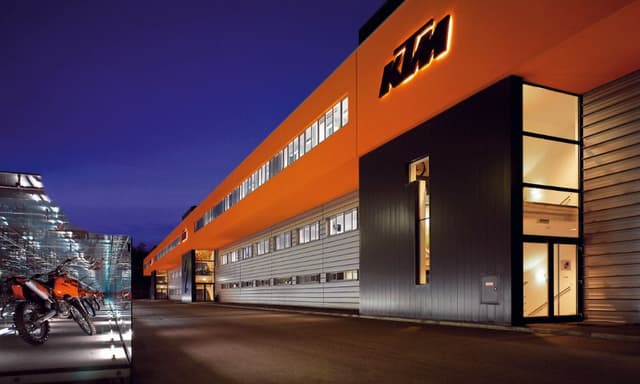Predictive Touchscreens: All You Need To Know

Highlights
Touchscreens are so awesome, right? Every piece of information is literally at the tip of our fingers. Touchscreens have revolutionized the infotainment systems in cars massively. The amount of information that a driver can receive from touchscreens is insane! However, there is a new technology that is picking up steam – say hello to “no-touch” touchscreens! This might seem like a very weird technology, but the upsides are massive! Let us find out more about how these touchscreens work and how one can benefit from their usage.

What are predictive touchscreens?
Predictive touchscreens are “no-touch” touchscreens in a way. These touchscreens combine artificial intelligence along with sensors to predict the user's intended target to touch, along with the various interactive displays or control panels that are present on the dashboard.

How do these systems work?
Let us look at how the system is able to predict the user's target to touch. A ToF camera or Time of Flight camera is used to scan the fingers of the user as the passenger moves towards touching the screen. An infrared light spectrum is used by ToF cameras to detect the movement of the vehicles in a three-dimensional setup. A vision-based system can be incorporated with predictive touchscreens – the time that is taken for the light to bounce back from the hand is used to detect the hand's positioning.
There are four methods deployed to let the user know if the correct choice has been made – highlighting the items, changing the size of the items, changing the color, and making the items appear brighter or haptics (includes using ultrasound to create the “feeling” of the finger touching the screen). Based on research done by scientists such as the Massachusetts Institute of Technology (MIT), it was seen that the best way of letting the user know is by increasing the size of the item and making it glow.

Advantages of predictive touchscreens
There are several reasons why these systems were introduced in the first place. Those advantages include the following:
- Lesser distractions for the driver; since the driver does not have to physically “touch” the screen, the driver doesn't need to focus on pressing the screen. The system does the work for the driver.
- According to research done by experts, predictive touchscreens “reduce workload, effort, and duration of completing on-screen tasks in vehicles”. Less effort means fewer distractions for the driver.
- Ever since the spreading of the pandemic, there has been a lot of talk about the germs that are on frequently touched surfaces such as the dashboard and the screen containing the information for the drivers. No physical touching reduces the chances of infections for the driver or the passenger.
- Research shows that the active interaction between the screen and the driver's fingers can be reduced by 50% with predictive touchscreens.
Predictive touchscreens are without a doubt the future of car driving and the rapid pace at which improvements are being introduced, they are set to become a must have feature for vehicles.
Last Updated on March 29, 2022
Latest News
- Home
- News
- Auto Industry
- Predictive Touchscreens: All You Need To Know














